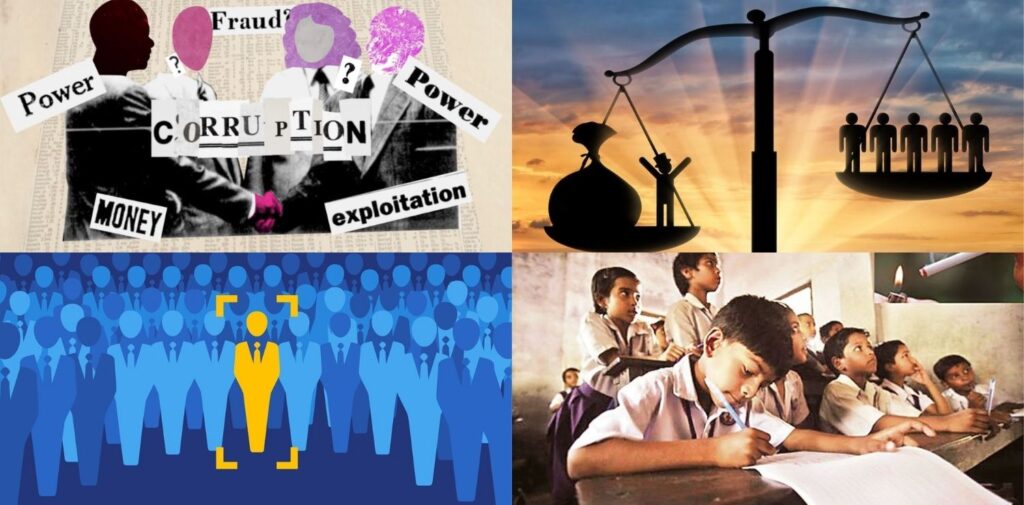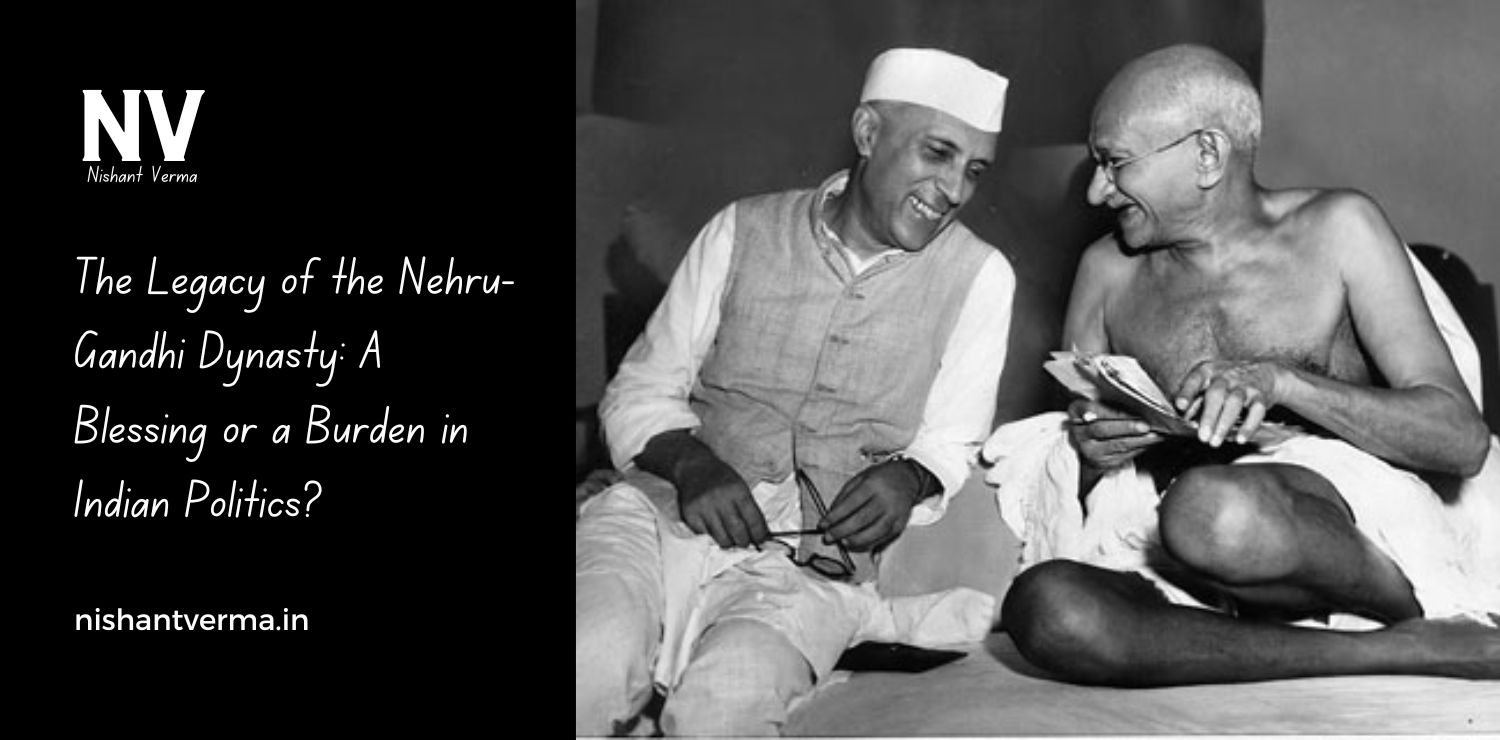India, a nation of over 1.4 billion people, is characterized by striking contrasts: on the one hand, a booming economy with an expanding middle class; on the other, deep-seated poverty that afflicts millions. The economic divide in India is evident in the stark differences in income, living conditions, and opportunities between urban and rural areas, as well as among various social groups. Understanding the causes of this divide and identifying solutions is critical to achieving equitable economic growth and ensuring that all Indians benefit from the nation’s development.
Causes of the Economic Divide in India
Unequal Access to Education
Education is one of the most powerful tools for upward mobility, yet access to quality education in India remains highly unequal. Urban areas often have better schools, colleges, and educational infrastructure compared to rural regions, where schools may lack basic facilities and trained teachers. Children in impoverished rural areas, particularly girls, face additional barriers like long commutes to schools or the need to work to support their families.
Moreover, even in urban areas, students from economically disadvantaged families struggle to access private schools and higher education institutions due to high costs. This education gap perpetuates the cycle of poverty, as those without adequate education have limited opportunities for well-paying jobs.
Rural-Urban Disparity
India’s rapid urbanization has led to economic growth in cities, but rural areas—where nearly 65% of the population still resides—have been left behind. Agriculture, the primary source of livelihood for rural populations, remains largely unmechanized and vulnerable to the vagaries of nature, such as droughts and floods. While urban areas enjoy modern infrastructure, services, and industries, rural regions often lack basic amenities like clean drinking water, electricity, and healthcare facilities.
This disparity leads to mass migration from rural areas to cities in search of better livelihoods. However, migrants often find themselves in low-paying, unstable jobs in the informal sector, living in overcrowded slums with poor living conditions.

Caste and Social Inequality
India’s deeply entrenched caste system has contributed significantly to the economic divide. Historically marginalized communities, such as Dalits and Adivasis, face discrimination and limited access to resources, employment, and education. Although affirmative action policies have been implemented, social inequality remains pervasive, hindering the economic mobility of these groups.
Women, too, face significant economic barriers due to gender inequality. In many regions, cultural norms restrict women’s participation in the workforce, and even when they do work, they often earn significantly less than their male counterparts for the same roles.
Unemployment and Underemployment
Despite India’s growing economy, unemployment remains a persistent problem. A large portion of the workforce is employed in low-paying, informal jobs with no job security or benefits. Many young graduates, particularly from rural areas, struggle to find jobs that match their qualifications, leading to underemployment. This mismatch between education and employment opportunities exacerbates economic inequality and stifles the country’s potential for growth.
Corruption and Governance Issues
Corruption and inefficient governance also contribute to economic inequality in India. Public resources intended for the poor, such as subsidies, social welfare programs, and infrastructure projects, often fail to reach their intended beneficiaries due to corruption and bureaucratic inefficiency. Funds meant for rural development, education, and healthcare are frequently misappropriated, leaving the most vulnerable communities without adequate support.
Solutions to Address the Economic Divide
Improving Access to Quality Education
Bridging the economic divide starts with education. The government must invest in improving the quality of education in rural areas and ensure that all children, regardless of their socioeconomic background, have access to quality schooling. Initiatives like building more schools, training teachers, providing free textbooks, and offering scholarships for higher education can go a long way in empowering underprivileged children.
Technology can also play a crucial role in democratizing education. Expanding digital infrastructure in rural areas and promoting online learning platforms can help bridge the gap between urban and rural education systems.
Promoting Agricultural Reforms
Since a significant portion of India’s population depends on agriculture for their livelihood, promoting agricultural reforms is essential to reducing the rural-urban economic divide. The government must focus on modernizing agriculture by introducing new technologies, improving irrigation systems, and providing better access to credit for small farmers. Enhancing crop insurance schemes and promoting sustainable farming practices can also help protect farmers from income shocks due to natural disasters.
Diversifying rural economies by promoting non-agricultural industries, such as handicrafts, cottage industries, and tourism, can provide additional sources of income for rural populations.

Encouraging Entrepreneurship
Encouraging entrepreneurship can be a powerful tool for reducing economic inequality. By providing access to credit, skills training, and mentorship programs, the government and private sector can empower individuals in disadvantaged communities to start their own businesses. Initiatives like Mudra Yojana, which provides loans to small and micro-enterprises, can help create more employment opportunities and drive economic growth in underdeveloped regions.
Addressing Social Inequality
Social inequality must be addressed head-on if India is to reduce its economic divide. Strengthening affirmative action policies and ensuring their effective implementation can help uplift marginalized communities. Efforts to promote gender equality in education, employment, and political representation must be intensified, with a focus on increasing women’s participation in the workforce and closing the gender wage gap.
Strengthening Welfare Programs
Social welfare programs, such as the Public Distribution System (PDS), Mahatma Gandhi National Rural Employment Guarantee Act (MGNREGA), and healthcare schemes like Ayushman Bharat, play a vital role in alleviating poverty and reducing economic inequality. However, these programs need to be better targeted, efficiently administered, and corruption-free to ensure they reach the people who need them the most.
Combatting Corruption
Addressing corruption and improving governance is critical to ensuring that public resources are used effectively to reduce economic inequality. Strengthening transparency measures, enforcing anti-corruption laws, and using technology to track the delivery of government services can help curb corruption. For instance, initiatives like Direct Benefit Transfer (DBT) ensure that subsidies and welfare payments reach beneficiaries directly, bypassing corrupt intermediaries.
Conclusion
The economic divide in India is a complex and multifaceted issue, rooted in historical, social, and structural factors. Addressing this divide requires a concerted effort from the government, private sector, and civil society to promote inclusive growth, invest in education, reform agriculture, encourage entrepreneurship, and tackle social inequality. While progress has been made, much more needs to be done to ensure that the benefits of India’s economic growth are shared by all its citizens, regardless of their background or location.




